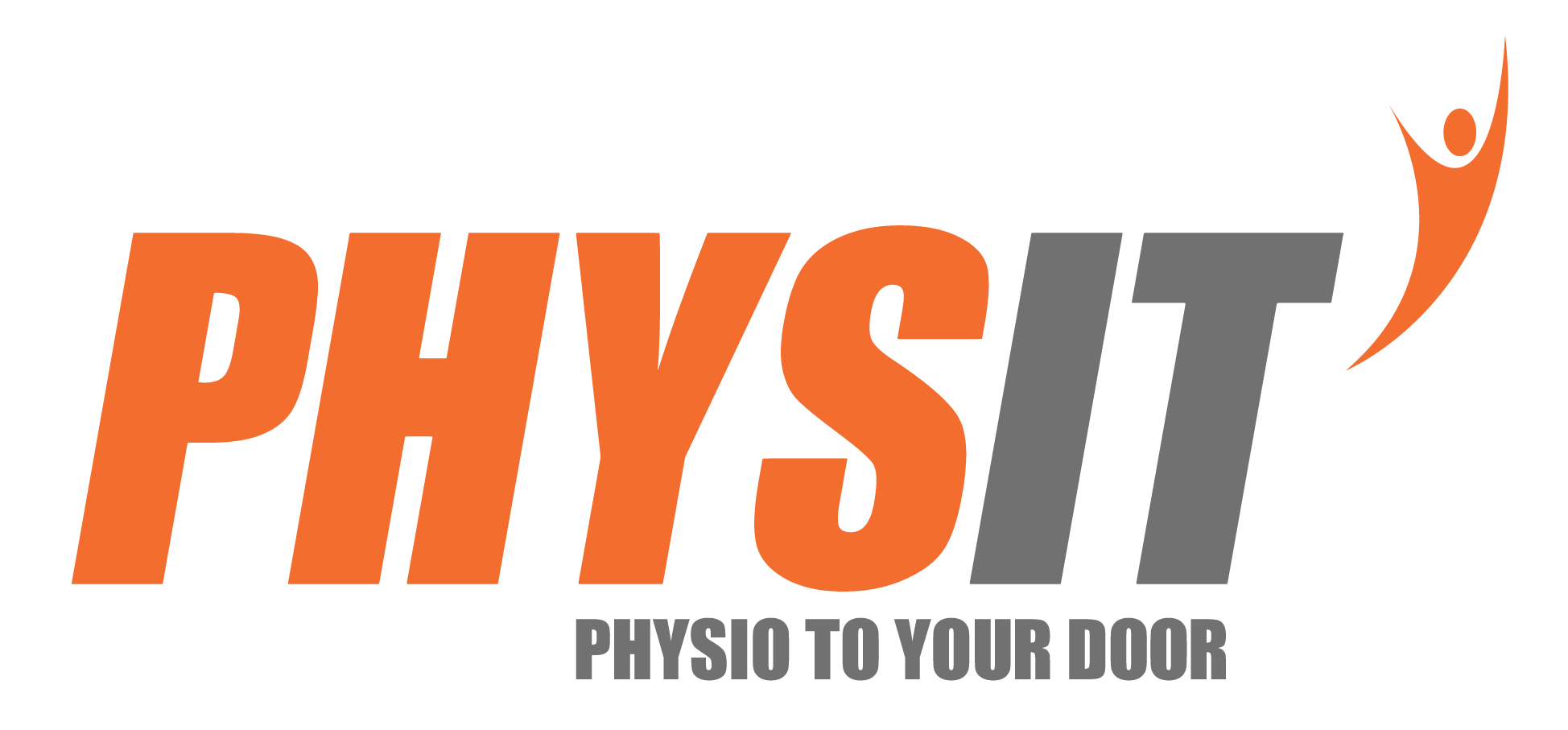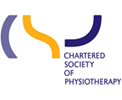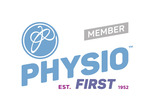It’s a trick question! The answer is…there isn’t one!
Everyone’s hip anatomy is different, so why are we being told to do a squat that looks the same as those glossy textbook photos? The textbook should have a variety of different people’s squat. By assessing your hip anatomy, we can begin to perfect our own unique squat technique!
Not working to your own hips specificity may mean you are restricting the full range of your squat. Additionally, other joints, such as your knees, ankles and/or lower back may need to work harder to make up the deficit of range in your hips. By changing simple things, like your foot position and the angle your hips turn out, you can allow more hip range with your squat.
Using the generic textbook squat may cause the ball part of your hip joint to hit the socket earlier in your squat. Dr Catherine Spencer-Smith has written a brilliant blog looking at imaging for Femoral Acetabular Impingement (FAI):
http://www.sportdoclondon.co.uk/hip-flexor-pain-usually-f-a-i/
With regards to Dr Spencer-Smith’s article, when we rehabilitate an FAI (or knee or lower back) our understanding of your hip anatomy allows us to create more hip range within your squat. More hip range allows for more gluteal function which as Dr Cath points out is a very common issue in people with FAI. More gluteal and hip function also takes pressure off other joints involved with squatting, returning squats back to their original best…a hip dominant exercise.
Next time you’re squatting, and you experience a pinching at the front of your hip, knee pain, or excessive strain on your lower back…remember fixing it could be simpler than you think!
Want to see more about the asymmetry of the hips – here are some great pictures:
https://www.theptdc.com/2015/02/why-people-must-have-different-squat-stance/

Showing all the bones of the Hip. Lateral and Medial View.






